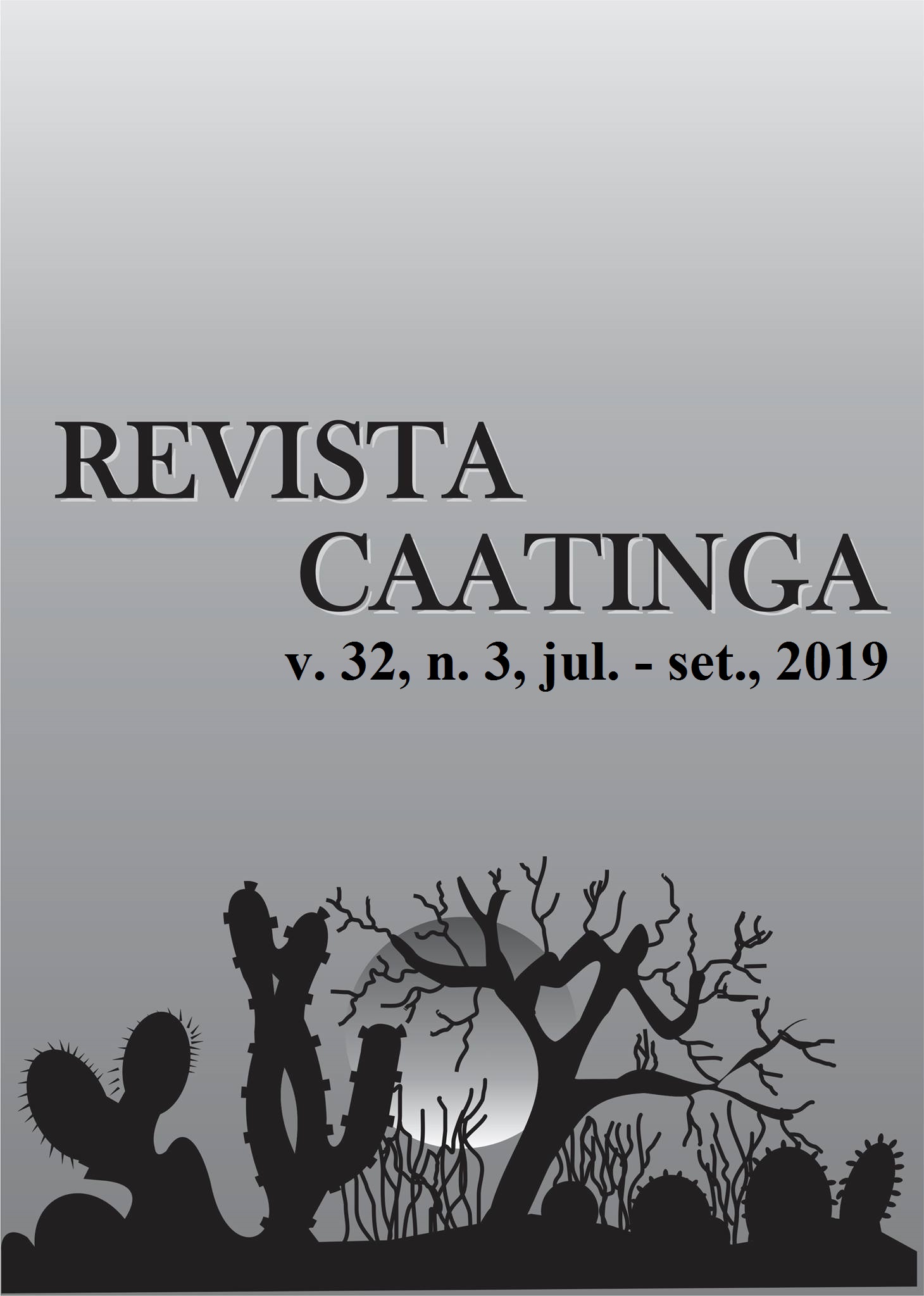EFFECT OF DIFFERENT FOREST MANAGEMENT PRACTICES ON THE SOIL MACROFAUNA IN THE ARBOREAL CAATINGA
DOI:
https://doi.org/10.1590/1983-21252019v32n318rcKeywords:
Soil organisms. Sustainable exploration. Diversity of invertebrates.Abstract
Forest management can lead to numerous changes of different magnitudes in the composition and diversity of soil organisms, according to the level of interference with the habitat. Within this context, this study aimed to test the influence of different types of forest management on the edaphic macrofauna community in a region of arboreal Caatinga. The study was carried out in Contendas do Sincorá National Forest, Contendas do Sincorá – Bahia. The experimental area consisted of three types of management (clear cutting, selective cutting by diameter at breast height and selective cutting by species), and a condition of unmanaged Caatinga, which was used as control. The macrofauna was sampled twice a year (March and November) using the soil monolith method. Densities, total number of individuals, total richness, average richness, and Shannon and Pielou rates were estimated. The soil macrofauna was shown to be sensitive to different forest management practices, which indicates that selective cutting is a more conservative system to manage the Caatinga. Among these, selective cutting by species proved to be less impacting on the soil macrofauna, providing more expressive diversity and abundance indexes, and the occurrence of more demanding organisms in microclimate conditions, characteristic of preserved areas. The predominant groups of edaphic fauna, both in the unmanaged as in managed Caatinga, were Isoptera, Formicidae, Chilopoda, and Coleoptera Larvae.
Downloads
Downloads
Published
Issue
Section
License
Os Autores que publicam na Revista Caatinga concordam com os seguintes termos:
a) Os Autores mantêm os direitos autorais e concedem à revista o direito de primeira publicação, com o trabalho simultaneamente licenciado sob a Licença Creative Commons do tipo atribuição CC-BY, para todo o conteúdo do periódico, exceto onde estiver identificado, que permite o compartilhamento do trabalho com reconhecimento da autoria e publicação inicial nesta revista, sem fins comerciais.
b) Os Autores têm autorização para distribuição não-exclusiva da versão do trabalho publicada nesta revista (ex.: publicar em repositório institucional ou como capítulo de livro), com reconhecimento de autoria e publicação inicial nesta revista.
c) Os Autores têm permissão e são estimulados a publicar e distribuir seu trabalho online (ex.: em repositórios institucionais ou na sua página pessoal) a qualquer ponto antes ou durante o processo editorial, já que isso pode gerar alterações produtivas, bem como aumentar o impacto e a citação do trabalho publicado (Veja O Efeito do Acesso Livre).







